Tag Archive for: Pulse Crops
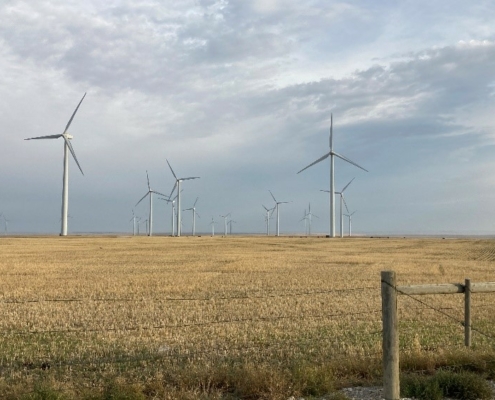
15 Years of Change – A Brief Overview of Changes to Montana’s Small Grain Cropping Systems 2007-2022
By Andrew Coggins, NCAT Rocky Mountain West Regional Director
Changes…
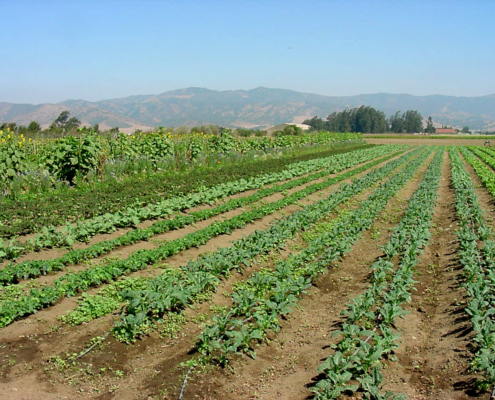 https://attra.ncat.org/wp-content/uploads/2022/10/lettucerows-pics-1.jpg
960
1280
NCAT IT
/wp-content/uploads/2022/06/ATTRAlogo_RGB-340x156.png
NCAT IT2022-10-18 10:26:332023-02-08 14:47:39Foliar Fertilization
https://attra.ncat.org/wp-content/uploads/2022/10/lettucerows-pics-1.jpg
960
1280
NCAT IT
/wp-content/uploads/2022/06/ATTRAlogo_RGB-340x156.png
NCAT IT2022-10-18 10:26:332023-02-08 14:47:39Foliar Fertilization https://attra.ncat.org/wp-content/uploads/2022/09/tipsheet-crop-rotation.jpg
1116
2247
Amy Smith
/wp-content/uploads/2022/06/ATTRAlogo_RGB-340x156.png
Amy Smith2022-09-28 09:33:292024-07-17 09:41:24Tipsheet: Crop Rotation in Organic Farming Systems
https://attra.ncat.org/wp-content/uploads/2022/09/tipsheet-crop-rotation.jpg
1116
2247
Amy Smith
/wp-content/uploads/2022/06/ATTRAlogo_RGB-340x156.png
Amy Smith2022-09-28 09:33:292024-07-17 09:41:24Tipsheet: Crop Rotation in Organic Farming Systems https://attra.ncat.org/wp-content/uploads/2022/01/organic-lentils.jpg
1365
2048
NCAT IT
/wp-content/uploads/2022/06/ATTRAlogo_RGB-340x156.png
NCAT IT2022-07-27 14:26:342024-03-06 12:06:59Organic Pulses Production, Economics, and Marketing
https://attra.ncat.org/wp-content/uploads/2022/01/organic-lentils.jpg
1365
2048
NCAT IT
/wp-content/uploads/2022/06/ATTRAlogo_RGB-340x156.png
NCAT IT2022-07-27 14:26:342024-03-06 12:06:59Organic Pulses Production, Economics, and Marketing
The Timeless Pulse: A Personal Story
This coming year, I am reaching the age where the federal government has suggested that it might be best for me to retire. While amazing legumes provide a natural and timeless means to address much of the fertility needs of at least organic agriculture, I am realizing that I am not as timeless as I used to fool myself into believing.
By Jeff Schahczenski, NCAT Agricultural and Natural Resource Economist
By Jeff Schahczenski, NCAT Agricultural and Natural Resource Economist
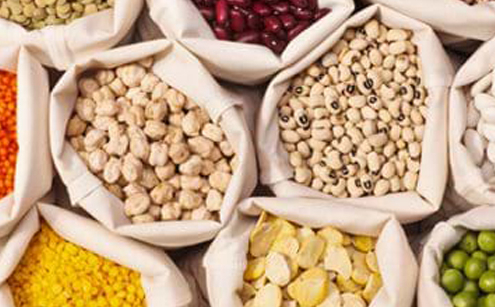
Episode 226. Organic Pulse Production Is Timeless in Montana
In this episode of Voices from the Field, NCAT Agricultural and…
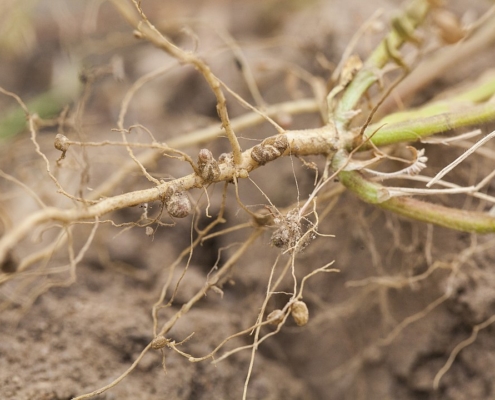
3 Reasons Your Legume Cover Crop Nodulation May Have Failed
Legumes make for great cover crops thanks to an important partnership between the plant roots and bacteria. When this biological partnership is thriving, nitrogen is being pumped back into the soil for future crops to benefit from. It can sometimes appear like your cover crop is thriving above ground, but if bright pink nodules on the roots below ground aren't visible around 30 days after germinating, there might be a problem.
By Emilie Ritter Saunders, Communications Director
By Emilie Ritter Saunders, Communications Director

How to Make Sure Your Leguminous Cover Crop is Doing its Job
Legumes are a superstar cover crop, particularly in warm, subtropical climates because unlike other cover crops, legumes have the ability to turn atmospheric nitrogen into nitrogen that crops can use. But as Stephanie Kasper, a biology research associate at University of Texas at Rio Grande Valley explains, legumes require an important partner to do their job.
By Emilie Saunders, NCAT Communications Director
By Emilie Saunders, NCAT Communications Director

The Two Best Legume Cover Crops for Hot and Humid Climates
Cover crops can be an investment in your future soil health. And it’s legume cover crops that can deliver a lasting soil benefit that other cover crop options don’t: nitrogen.
By Colin Mitchell, Sustainable Agriculture Specialist
By Colin Mitchell, Sustainable Agriculture Specialist
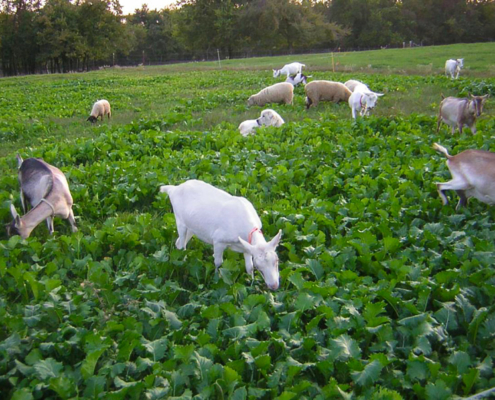
Livestock and Crops: Korey Fauque’s Montana Dryland Farm. Part 1
Korey Fauque and his wife Wendy farm 4,500 acres of dryland ground…
Tag Archive for: Pulse Crops

15 Years of Change – A Brief Overview of Changes to Montana’s Small Grain Cropping Systems 2007-2022
By Andrew Coggins, NCAT Rocky Mountain West Regional Director
Changes…
 https://attra.ncat.org/wp-content/uploads/2022/10/lettucerows-pics-1.jpg
960
1280
NCAT IT
/wp-content/uploads/2022/06/ATTRAlogo_RGB-340x156.png
NCAT IT2022-10-18 10:26:332023-02-08 14:47:39Foliar Fertilization
https://attra.ncat.org/wp-content/uploads/2022/10/lettucerows-pics-1.jpg
960
1280
NCAT IT
/wp-content/uploads/2022/06/ATTRAlogo_RGB-340x156.png
NCAT IT2022-10-18 10:26:332023-02-08 14:47:39Foliar Fertilization https://attra.ncat.org/wp-content/uploads/2022/09/tipsheet-crop-rotation.jpg
1116
2247
Amy Smith
/wp-content/uploads/2022/06/ATTRAlogo_RGB-340x156.png
Amy Smith2022-09-28 09:33:292024-07-17 09:41:24Tipsheet: Crop Rotation in Organic Farming Systems
https://attra.ncat.org/wp-content/uploads/2022/09/tipsheet-crop-rotation.jpg
1116
2247
Amy Smith
/wp-content/uploads/2022/06/ATTRAlogo_RGB-340x156.png
Amy Smith2022-09-28 09:33:292024-07-17 09:41:24Tipsheet: Crop Rotation in Organic Farming Systems https://attra.ncat.org/wp-content/uploads/2022/01/organic-lentils.jpg
1365
2048
NCAT IT
/wp-content/uploads/2022/06/ATTRAlogo_RGB-340x156.png
NCAT IT2022-07-27 14:26:342024-03-06 12:06:59Organic Pulses Production, Economics, and Marketing
https://attra.ncat.org/wp-content/uploads/2022/01/organic-lentils.jpg
1365
2048
NCAT IT
/wp-content/uploads/2022/06/ATTRAlogo_RGB-340x156.png
NCAT IT2022-07-27 14:26:342024-03-06 12:06:59Organic Pulses Production, Economics, and Marketing
The Timeless Pulse: A Personal Story
This coming year, I am reaching the age where the federal government has suggested that it might be best for me to retire. While amazing legumes provide a natural and timeless means to address much of the fertility needs of at least organic agriculture, I am realizing that I am not as timeless as I used to fool myself into believing.
By Jeff Schahczenski, NCAT Agricultural and Natural Resource Economist
By Jeff Schahczenski, NCAT Agricultural and Natural Resource Economist

Episode 226. Organic Pulse Production Is Timeless in Montana
In this episode of Voices from the Field, NCAT Agricultural and…

3 Reasons Your Legume Cover Crop Nodulation May Have Failed
Legumes make for great cover crops thanks to an important partnership between the plant roots and bacteria. When this biological partnership is thriving, nitrogen is being pumped back into the soil for future crops to benefit from. It can sometimes appear like your cover crop is thriving above ground, but if bright pink nodules on the roots below ground aren't visible around 30 days after germinating, there might be a problem.
By Emilie Ritter Saunders, Communications Director
By Emilie Ritter Saunders, Communications Director

How to Make Sure Your Leguminous Cover Crop is Doing its Job
Legumes are a superstar cover crop, particularly in warm, subtropical climates because unlike other cover crops, legumes have the ability to turn atmospheric nitrogen into nitrogen that crops can use. But as Stephanie Kasper, a biology research associate at University of Texas at Rio Grande Valley explains, legumes require an important partner to do their job.
By Emilie Saunders, NCAT Communications Director
By Emilie Saunders, NCAT Communications Director

The Two Best Legume Cover Crops for Hot and Humid Climates
Cover crops can be an investment in your future soil health. And it’s legume cover crops that can deliver a lasting soil benefit that other cover crop options don’t: nitrogen.
By Colin Mitchell, Sustainable Agriculture Specialist
By Colin Mitchell, Sustainable Agriculture Specialist

Livestock and Crops: Korey Fauque’s Montana Dryland Farm. Part 1
Korey Fauque and his wife Wendy farm 4,500 acres of dryland ground…

